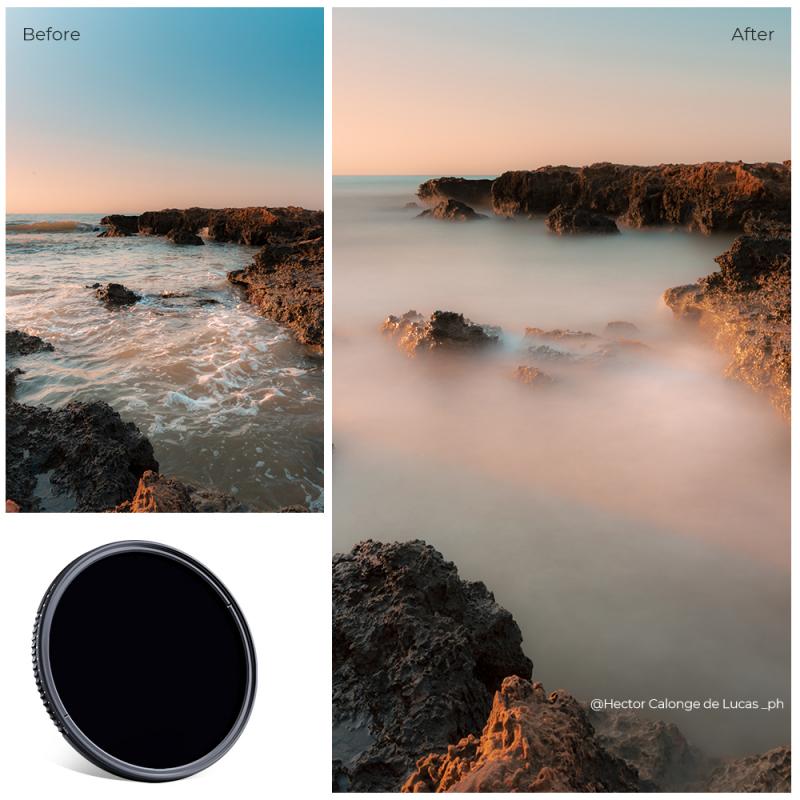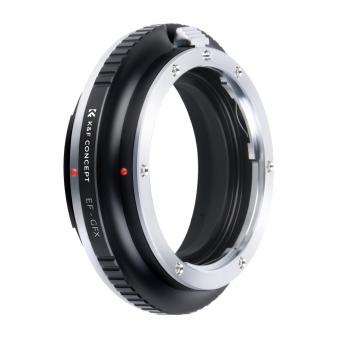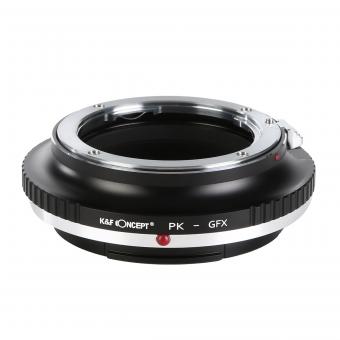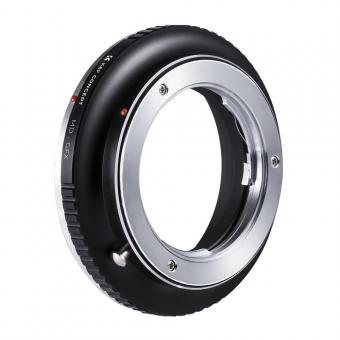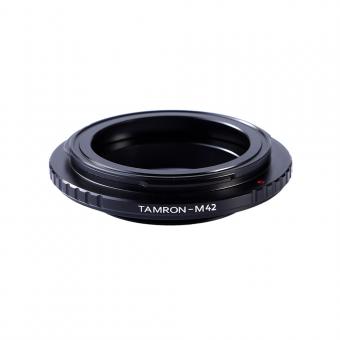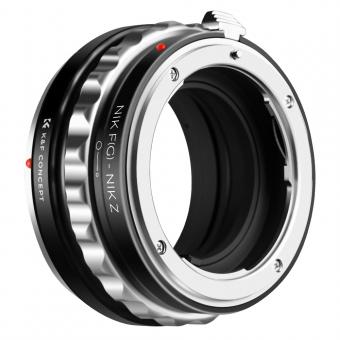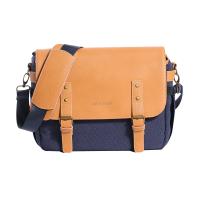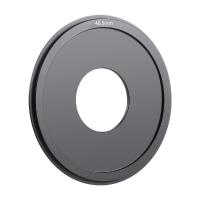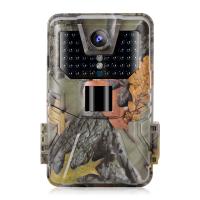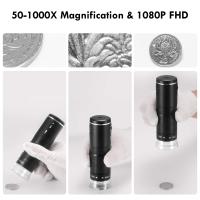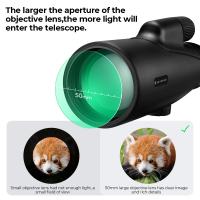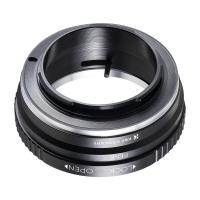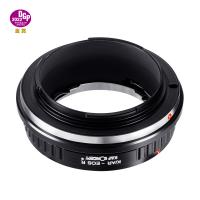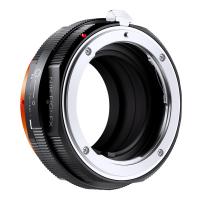Why Use Filters On Camera ?
Filters are used on cameras for various reasons. One common use is to enhance or alter the colors and tones in a photograph. For example, a polarizing filter can reduce glare and enhance the saturation of colors, while a neutral density filter can reduce the amount of light entering the camera, allowing for longer exposures or wider apertures in bright conditions. Filters can also be used to create special effects, such as adding a soft focus or vignette to the image. Additionally, some filters are used for practical purposes, such as protecting the lens from scratches or dust. Overall, filters provide photographers with a way to manipulate the light and achieve specific creative or technical outcomes in their photographs.
1、 Enhancing image quality: Improving sharpness, contrast, and color accuracy.
Why use filters on a camera? One of the main reasons is to enhance the image quality by improving sharpness, contrast, and color accuracy. Filters are physical attachments that can be placed in front of the camera lens to modify the light entering the camera. They can be made of glass or plastic and come in various types, each serving a specific purpose.
One common type of filter is the UV filter, which is primarily used to protect the camera lens from scratches, dust, and moisture. It also helps reduce the bluish cast that can occur when shooting in bright sunlight. Another popular filter is the polarizing filter, which reduces glare and reflections, resulting in more vibrant colors and increased contrast. This filter is particularly useful when photographing landscapes or water scenes.
Neutral density filters are used to reduce the amount of light entering the camera, allowing for longer exposures or wider apertures in bright conditions. This can be beneficial when capturing motion blur in moving subjects or achieving a shallow depth of field in bright daylight.
In recent years, advancements in digital photography have led to the development of software filters that can be applied during post-processing. These digital filters mimic the effects of traditional physical filters, providing photographers with more flexibility and control over their images. However, many photographers still prefer using physical filters as they can produce more natural and authentic results straight out of the camera.
In conclusion, using filters on a camera can greatly enhance image quality by improving sharpness, contrast, and color accuracy. Whether it's a UV filter for protection, a polarizing filter for reducing glare, or a neutral density filter for creative effects, filters offer photographers a range of options to achieve their desired results.

2、 Creative effects: Adding artistic elements like vignetting or soft focus.
Why use filters on a camera? One of the main reasons is to add creative effects to your photographs. Filters allow you to enhance or alter the appearance of your images, adding artistic elements that can make your photos stand out.
One popular creative effect is vignetting, which darkens the corners of the image, drawing the viewer's attention towards the center. This effect can create a sense of depth and drama, adding a unique touch to your photos. By using a vignetting filter, you can easily achieve this effect without the need for post-processing.
Another creative effect that filters can provide is soft focus. This effect adds a dreamy and romantic look to your images by slightly blurring the edges and reducing the overall sharpness. Soft focus filters are particularly popular in portrait photography, as they can help to create a more flattering and ethereal appearance.
In addition to these traditional creative effects, there are also a wide variety of filters available today that can add unique and innovative elements to your photographs. For example, there are filters that can mimic the look of different film types, adding a vintage or retro feel to your images. There are also filters that can enhance specific colors or create dramatic contrasts, allowing you to experiment with different moods and styles.
Overall, using filters on your camera can provide you with endless opportunities for creativity and self-expression. Whether you want to add a subtle artistic touch or completely transform the look of your photos, filters can help you achieve the desired effect with ease. So, why not explore the world of filters and unleash your creativity?
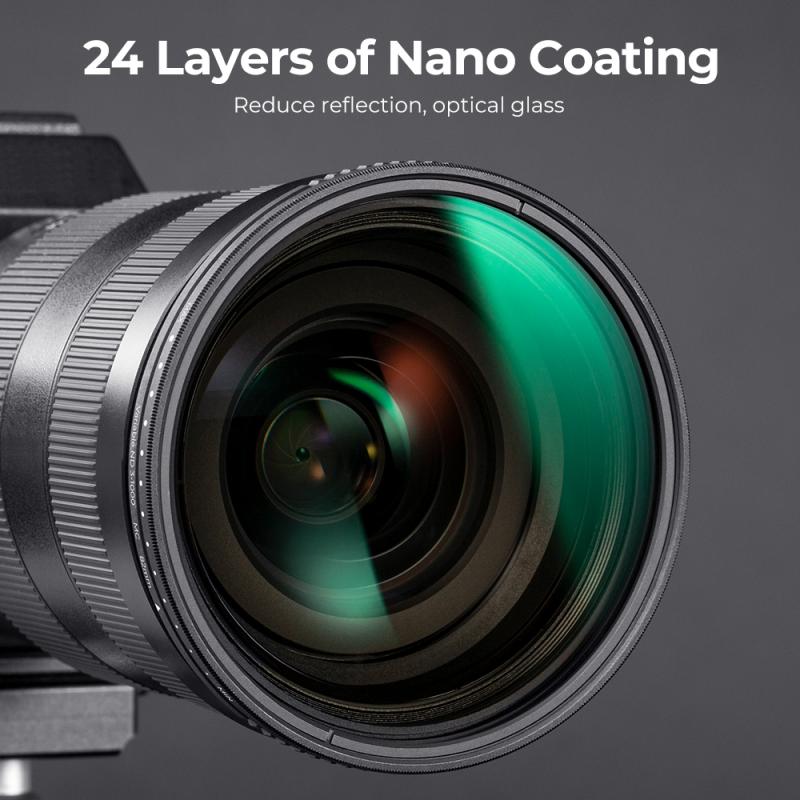
3、 Correcting lighting conditions: Balancing exposure and reducing glare.
Why use filters on a camera? One of the main reasons is to correct lighting conditions and achieve a balanced exposure while reducing glare. Filters are essential tools that photographers use to manipulate the light entering the camera lens, resulting in better image quality and more accurate color reproduction.
Correcting lighting conditions is crucial because different lighting situations can affect the overall look and feel of a photograph. For example, shooting in bright sunlight can create harsh shadows and overexposed areas, while shooting in low light can result in underexposed images. By using filters, photographers can adjust the amount of light entering the lens, allowing for a more balanced exposure.
Filters also help reduce glare, which is caused by reflections from shiny surfaces or excessive light. Glare can wash out colors and details in a photograph, making it less visually appealing. By using a polarizing filter, photographers can effectively reduce glare and improve the overall clarity and contrast of the image.
In addition to these traditional reasons, the latest point of view on using filters is the ability to enhance creativity and add artistic effects to photographs. Filters such as neutral density filters can be used to create long exposure effects, capturing the motion of flowing water or streaking clouds. Graduated filters can be used to balance the exposure between a bright sky and a darker foreground, resulting in a more evenly exposed image.
Overall, using filters on a camera is essential for correcting lighting conditions, balancing exposure, and reducing glare. They not only improve the technical aspects of a photograph but also offer creative opportunities for photographers to capture stunning and unique images.
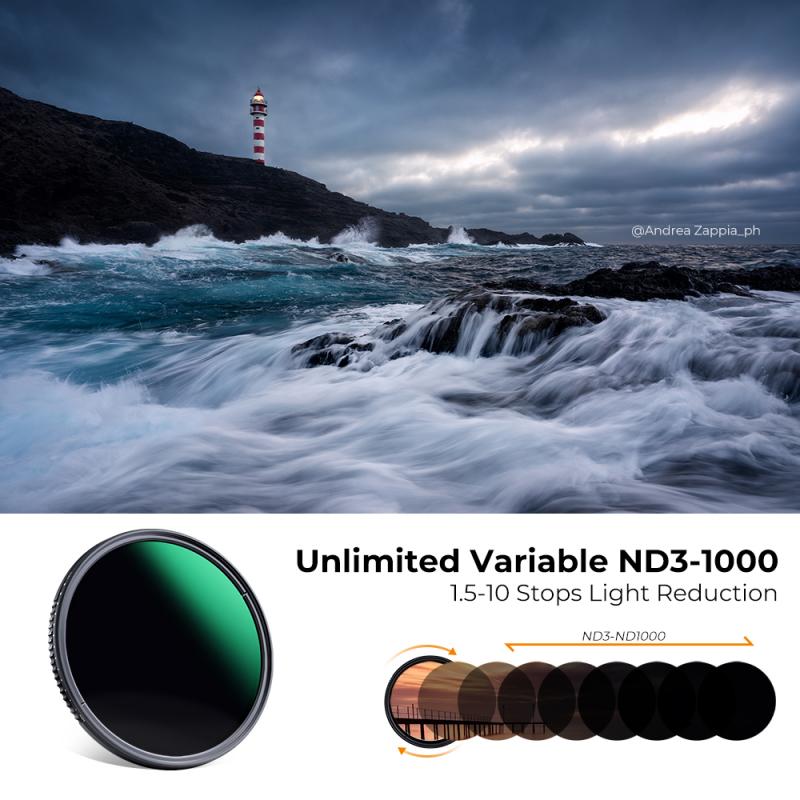
4、 Reducing unwanted elements: Minimizing reflections, dust, or atmospheric haze.
Why use filters on a camera? One of the main reasons is to reduce unwanted elements in your photographs. Filters can help minimize reflections, dust, or atmospheric haze, resulting in cleaner and more visually appealing images.
Reflections can be a common issue when photographing subjects near water or glass surfaces. By using a polarizing filter, you can effectively reduce or eliminate these reflections, allowing the viewer to focus on the subject without distractions. This is particularly useful when capturing landscapes or architectural shots where reflections can be quite prominent.
Dust is another nuisance that can affect the quality of your photos. A UV or clear filter can act as a protective barrier for your lens, preventing dust particles from settling on the glass. This not only helps maintain the clarity of your images but also makes it easier to clean the filter instead of the lens itself.
Atmospheric haze is a natural occurrence that can affect the sharpness and contrast of your photos, especially in landscape photography. Using a UV or haze filter can help reduce the impact of this haze, resulting in crisper and more vibrant images.
In addition to these traditional reasons, there is a growing trend of using filters for creative purposes. Photographers are experimenting with various types of filters, such as neutral density filters for long exposure photography or color filters for artistic effects. These filters allow photographers to add unique and creative elements to their images, enhancing their overall visual impact.
In conclusion, using filters on a camera is beneficial for reducing unwanted elements in photographs. Whether it's minimizing reflections, dust, or atmospheric haze, filters help produce cleaner and more visually appealing images. Additionally, filters offer creative opportunities for photographers to experiment and add unique elements to their photos.
